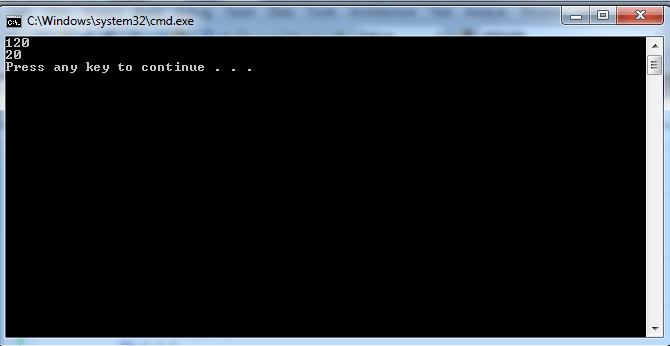Inheritance in VB.NET
This article shows Inheritance in VB.NET.
In this article You will learn how to Create Inheritance in VB.NET.
Inheritance: Some important point related to the inheritance.
-
Inheritance Provides re-usability of code.
-
Helps in reducing the code size and better project management.
-
Use Inherits keyword to inherit a class into other class.
-
The old class is called the Base class and the new class is called Derived class.
-
Use mybase keyword to reference the members of base class.
The general form of deriving a new class from an existing class looks as follows:
Public Class m1
---
---
End Class
Public Class m2
Inherits m1
---
---
End Class
Code for creating Inheritance:
The following code creates Inheritance.
Namespace inheritance
Class Num2
Private a As Integer, b As Integer
Public Sub New(ByVal a As Integer, ByVal b As Integer)
Me.a = a
Me.b = b
End Sub
Public Function G2() As Integer
Return If(a > b, a, b)
End Function
Public Function P2() As Integer
Return a * b
End Function
End Class
Class Num3
Inherits Num2
Private c As Integer
Public Sub New(ByVal a As Integer, ByVal b As Integer, ByVal c As Integer)
MyBase.New(a, b)
Me.c = c
End Sub
Public Function G3() As Integer
Return If(G2() > c, G2(), c)
End Function
Public Function P3() As Integer
Return P2() * c
End Function
End Class
Class InhTest
Public Shared Sub Main()
Dim x As New Num3(4, 5, 6)
Console.WriteLine(x.P3())
Console.WriteLine(x.P2())
End Sub
End Class
End Namespace
Output for the above code:
